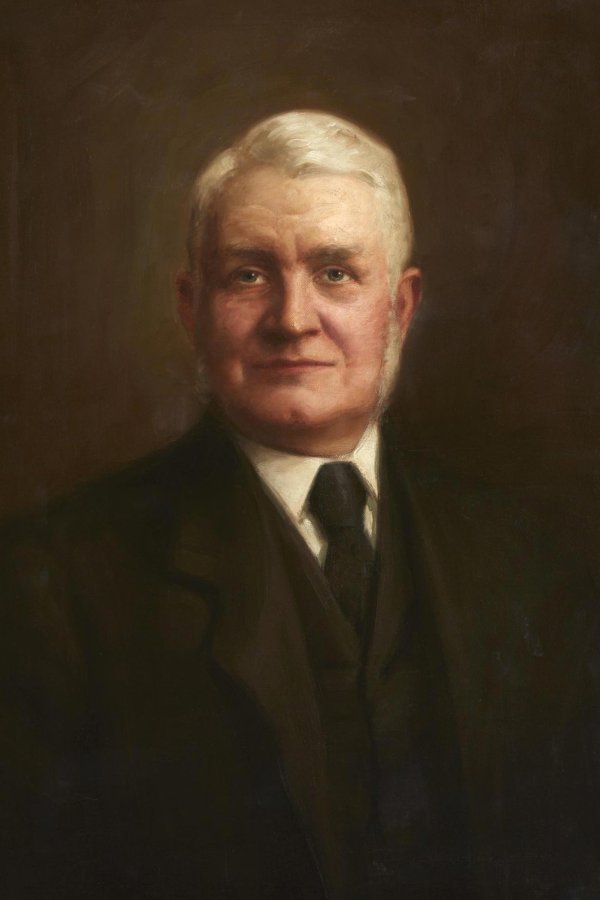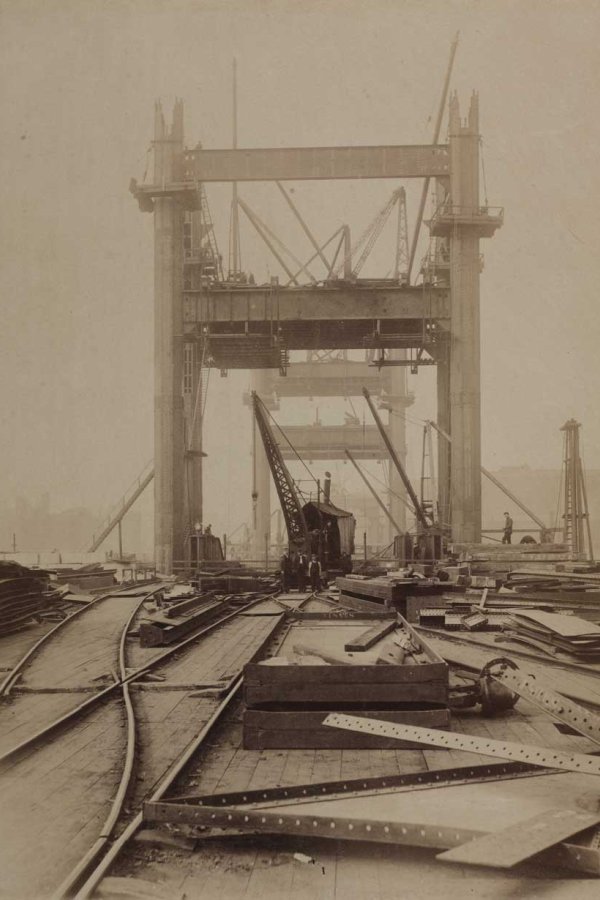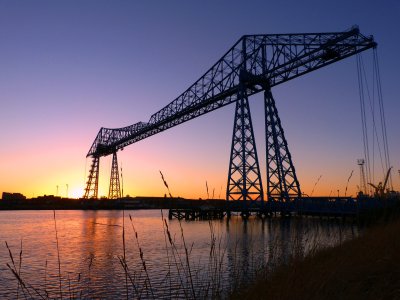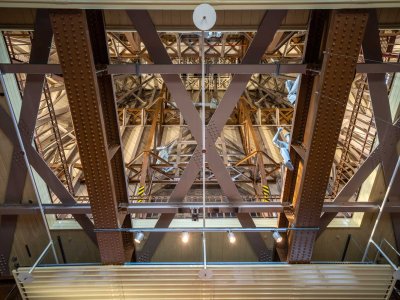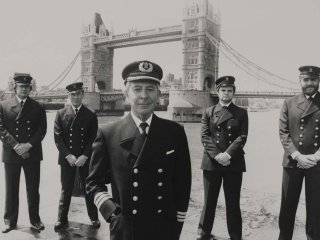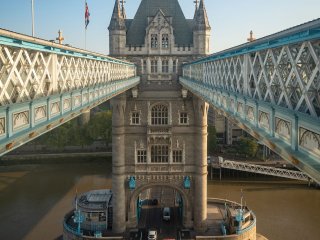Sir William Arrol
From the outside, Tower Bridge appears to be built completely of brick and stone, but once inside, the skeleton of the Victorian beast reveals itself. Elaborate steelwork fills every space, held together by millions of rivets; immense cantilevered steel beams extend across the gap between the two towers forming the iconic walkways. But where did all this steel come from?
Inside the North Tower, you can see four august figures looking down from the window blinds. These are the engineers and designers who made this incredible structure a reality. One of these figures, Sir William Arrol, was the mastermind responsible for the 8km (5 miles) of iron and steel that form the Bridge's immense skeleton.
Top image: Forth Bridge in Scotland
